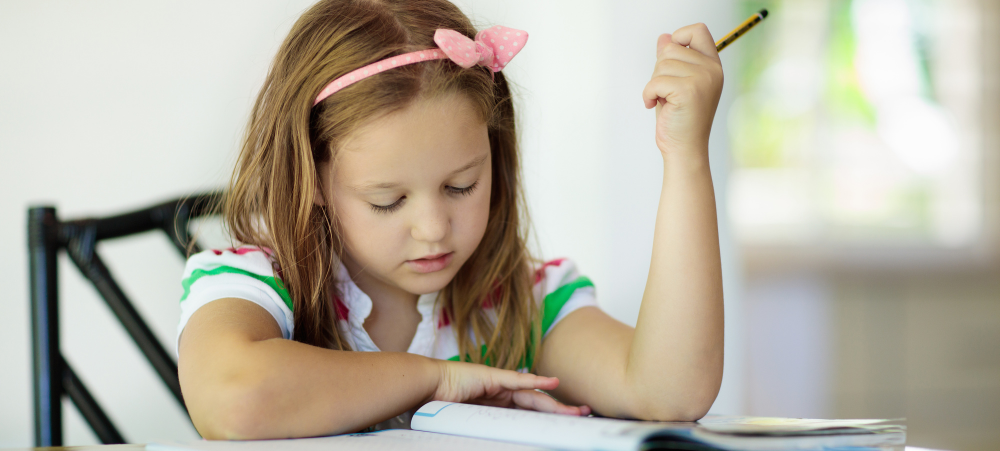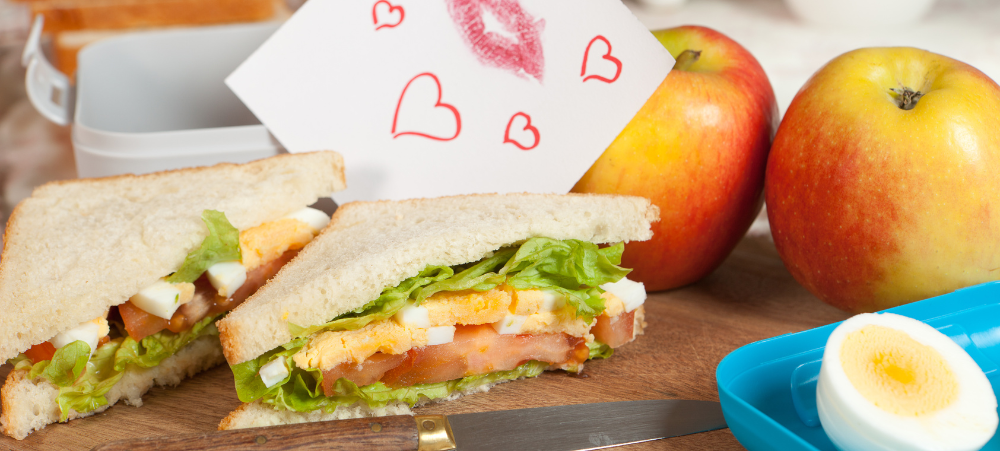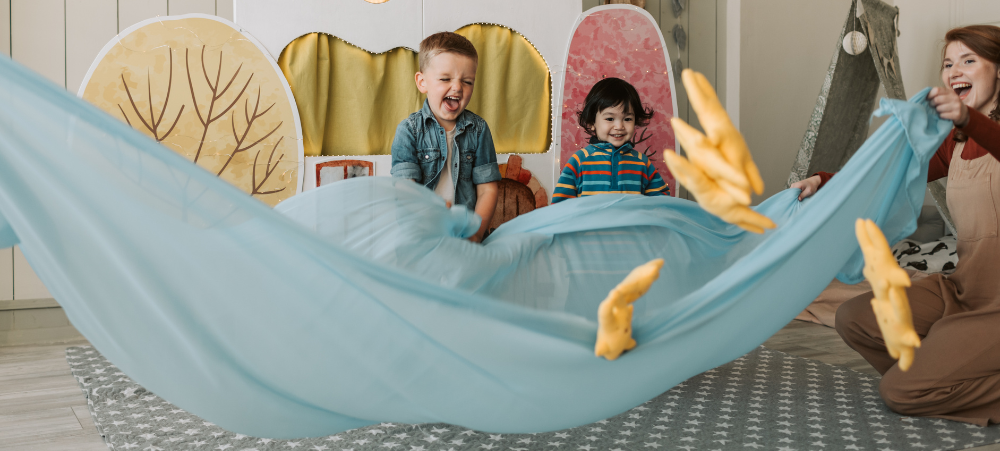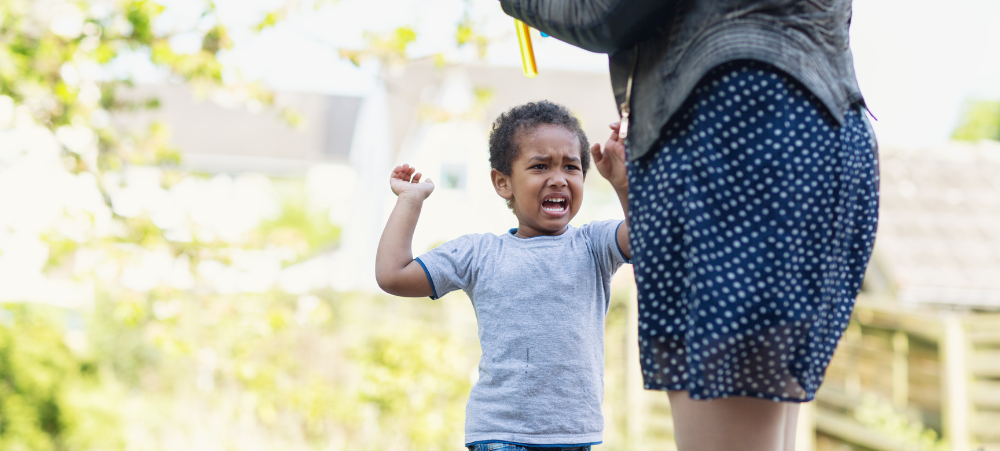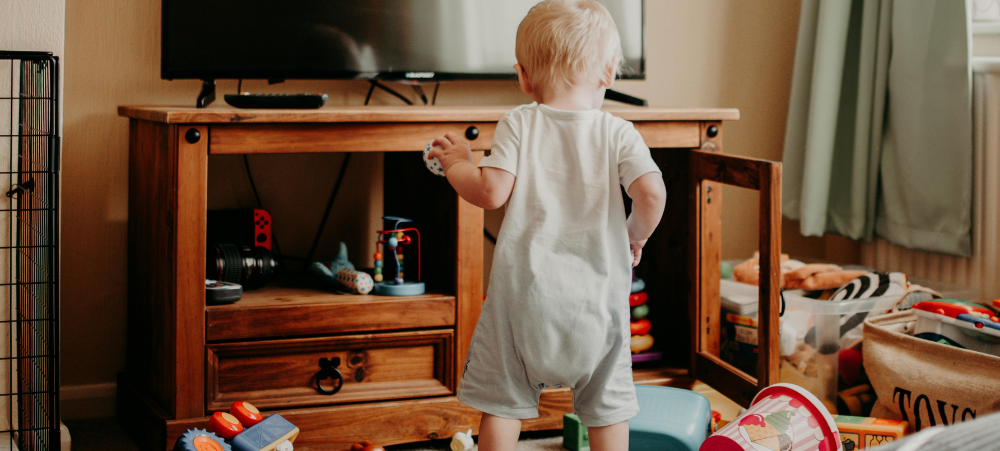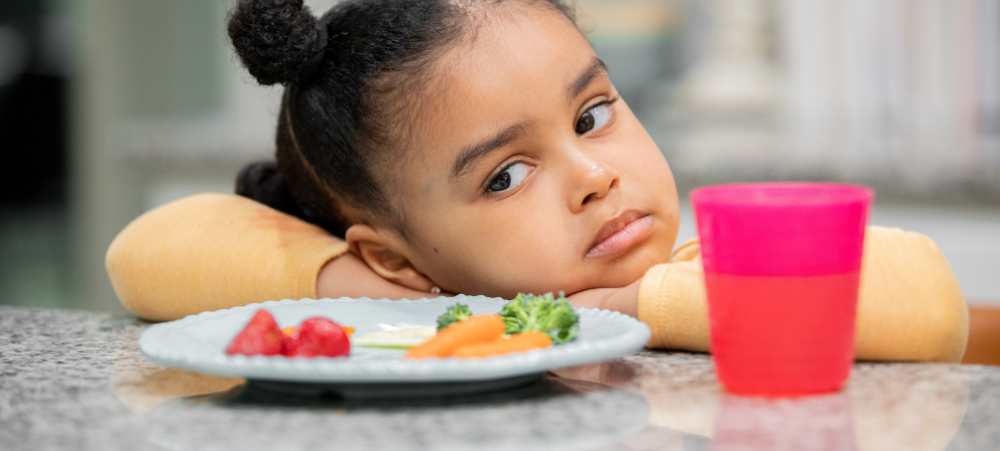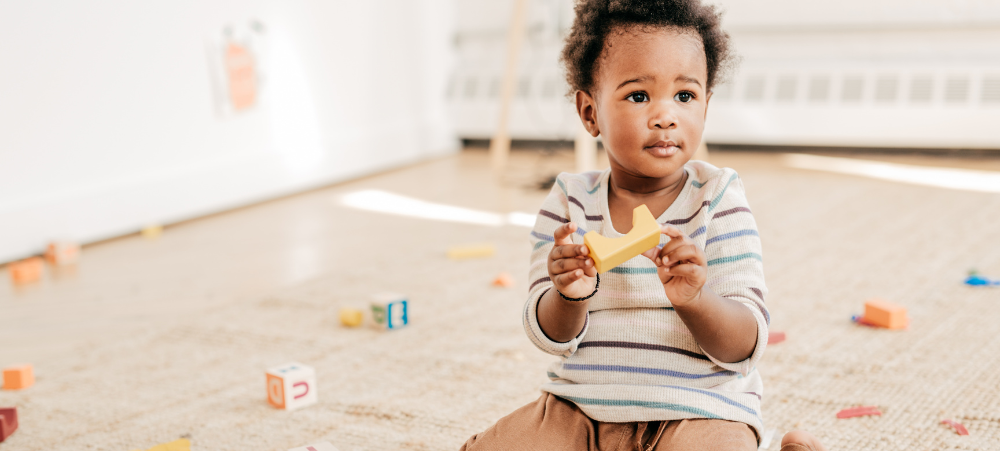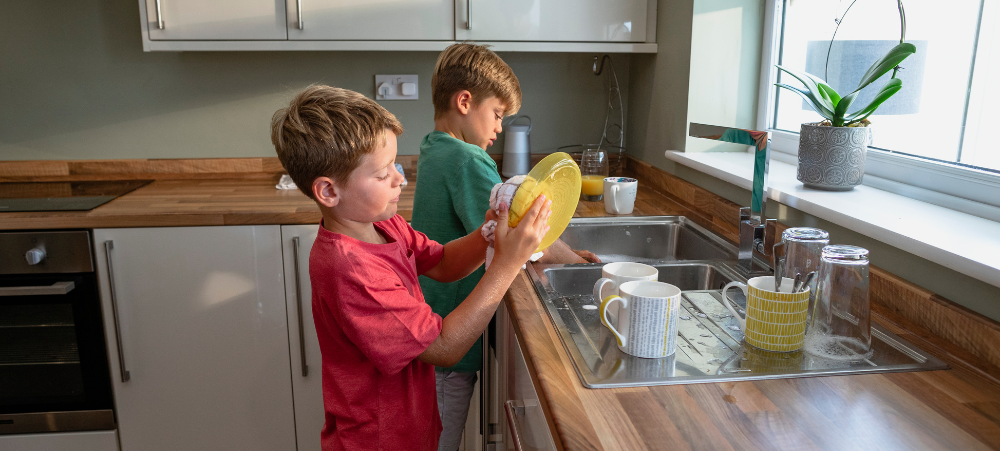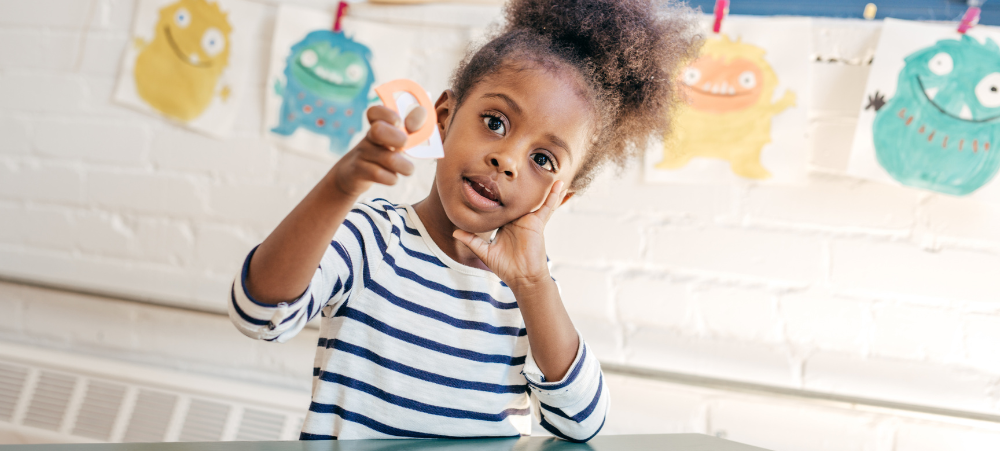
Benefits of Learning Multiple Languages: A Parent’s Role in Language Development
In an increasingly connected world, multilingualism is emerging as one of the most valuable skills a child can develop. At Dibber International Preschools, language learning is seen not only as a tool for communication but as a vital pathway to cognitive, social, and cultural development – beginning in the early years of life. “Children have a natural ability to absorb language from a very young age,” says Ursula Assis, Country Director of Dibber International Preschools. “When families and educators support this journey together, children not only learn to speak more than one language, but also gain confidence, empathy, and cognitive flexibility that stays with them throughout their lives.” The Cognitive Edge Research consistently shows that children who are exposed to multiple languages benefit from improved memory, problem-solving skills, and mental agility. Switching between languages encourages cognitive flexibility and enhances the brain’s executive function – an ability linked to academic success. Cultural Understanding Through Language Language is deeply tied to culture, and learning more than one language offers children a window into other ways of life. Bilingual children often display a heightened sense of empathy and understanding. “By encouraging language learning, we also nurture children’s appreciation for diversity. This is especially important in South Africa, where embracing cultural richness is part of our national identity,” says Assis. Long-Term Academic and Career Benefits Multilingualism has been linked to better literacy, stronger academic performance, and improved writing and reading comprehension. In the long term, bilingual individuals are more competitive in the global workforce. “Whether our children become doctors, designers, or diplomats, knowing more than one language gives them a powerful advantage,” Assis adds. Supporting Language Development at Home Parents play an essential role in fostering language development. Reading bilingual books, singing songs, and conversing in both languages are simple yet effective ways to reinforce language learning. “Consistency, encouragement, and playfulness are key. Children learn best in environments where language is part of daily routines and joyful moments.” Dibber’s Commitment to Language-Rich Learning Language learning is embedded in a play-based, holistic approach at Dibber International Preschools. Through songs, storytelling, and culturally inclusive practices, children are supported in their language acquisition journey while developing emotionally, socially, and intellectually. “The ability to understand and speak more than one language gives children the tools to thrive in a multicultural world. It’s a gift that empowers them for life,” concludes Assis. For more information about Dibber International Preschools and how we support language learning in early childhood, visit www.dibber.co.za.







